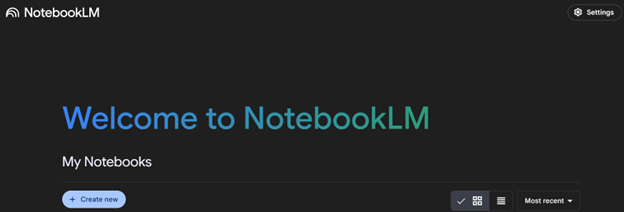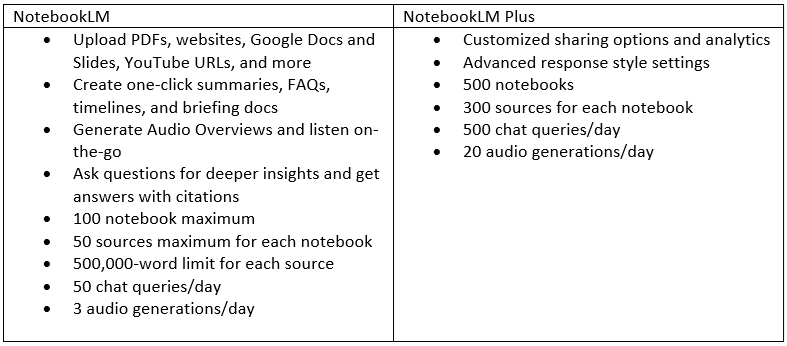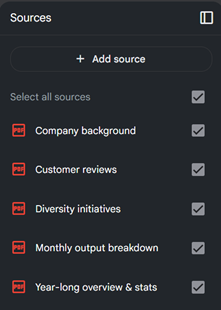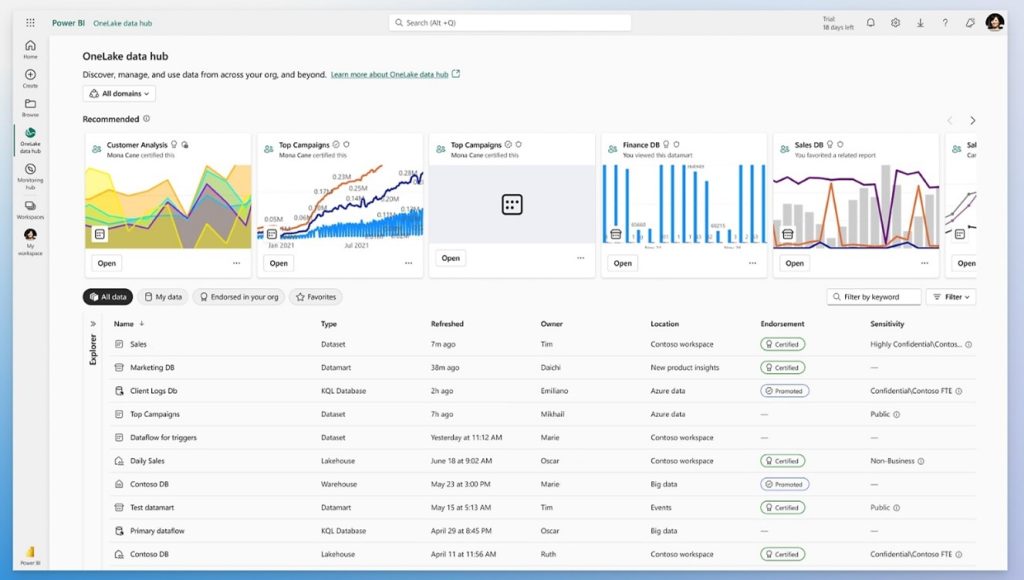Back to the Future of Reporting: AI Tools for Combining Data and Creating Reports
January 16, 2025
Somebody better tell McFly to call Doc Brown, because we just might be stuck in the future.
Just kidding, but with AI’s sticky fingers (or tentacles? I always thought AI would look like a squid of some kind) all over just about every aspect of our lives, it really is like we’re living in the future.
Fortunately for us, we don’t have to worry about traveling through time. But we do have to worry about getting that report in on time, or else we will have to figure out how to go back in time and give ourselves a kick in the butt to get hustling.
But don’t worry! Even though creating a cohesive report from multiple sources of information can seem overwhelmingly daunting on the outset, we don’t actually need Doc Brown just yet. With the help of some AI tools, we can get every report in with time to spare. So, you know, we can get back to the future business.
Define Your Use Case
Here’s the thing, the term “report” is a pretty ambiguous term. In fact, it’s actually just as vague as the term “future.” Check it out:
Report means a written account of something, and future just means at a later time.
This is all just to emphasize that before you can even pick an AI tool to help you create your report, you need to establish what your report is—what it’s about, what it’s covering, all that fun stuff.
That being said, what you need to pay special attention to is the sources you’re using to build out the report. In particular, it’s best practice to identify the types of sources you’ll be using to build out the report before you pick a tool. For instance, are you using unstructured data? Do you have a bunch of Excel spreadsheets you need to analyze? Or maybe you have a folder full of PDFs that you need to summarize and compile?
But why bother with this step? Can’t you just start using the first AI tool suggestion the internet throws at you to create your report?
Cool your jets, McFly, because here’s the secret:
The type of source material will largely dictate which AI tool will be the best and most effective choice for creating the corresponding report.
Now it’s time to take a look at some tools!
Google’s NotebookLM
The first AI tool we want to direct your attention to is NotebookLM from Google. If you’ve already done some of your own research for AI tools to help with reporting, you’ll notice that most are geared towards big data—meaning, really big and diverse collections of data that varies in structure. Think data warehouses, cloud data, spreadsheets, databases—you get it. Big data.
But some reports are built off source material that’s not quite so complex or scattered. Sometimes, all you need to do is synthesize existing documentation. And NotebookLM is perfect for that.

We know you want to know how much it costs, so here’s the scoop: NotebookLM is free! All you need is a Google account. Of course, there is a premium tier, NotebookLM Plus, but depending on the parameters of your report, you might not need the paid option. Take a look at the table below:

It’s important to note that NotebookLM Plus is only available through a Google Workspace or for enterprises via Google Cloud. You can find more information about NotebookLM here, and more information about NotebookLM Plus here.
Unlike other reporting tools, NotebookLM is incredibly easy to use. All you need to do is create a new notebook, upload your source material, and provide a prompt.

The more detailed your prompt, the better the response you’ll get. Here’s an example of an effective prompt:
Create a summary that: can be used to inform a reader on the main topics that are discussed, is about 4 pages long, is written in the 3rd person, is grammatically correct, is written at a 10th-grade reading level, and is formatted similarly to a business report.
A great feature of NotebookLM is that the reponses include citations. So if you need to find out where certain information came from, you can easily find it. In addition, you can also select which sources you want the AI to consider when you give it a prompt. And when Google’s NotebookLM spits out a response, you can save it as a note—which you can then convert to a source to use, too.
Overall, this is a great AI tool for generating reports from multiple sources—especially Google files and PDFs.
Microsoft’s Power BI
Now it’s time to talk big data. If you’re creating a report from multiple data sources that are a little more complex (or a little bigger), Power BI from Microsoft is one of the best AI tools available.

And we have good news: There’s a free tier! However, in this case you’re probably going to be better off with one of the paid plans. Here’s a peek at what you can get out of Power Bi’s different plans:

Microsoft’s Power BI has become a powerhouse in the AI-driven reporting landscape that lets you connect to multiple data sources (like Excel, Salesforce, SQL Server, Azure, and Google Analytics) and create reports. So when it comes to reporting your big data, this AI tool is perfect for cleaning up and transforming unstructured data into understandable information, and then delivering it to you in a tidy report. In fact, Microsoft’s Power BI empowers you to create interactive reports with data visualizations.
And since Power BI is a Microsoft product, not only does it smoothly integrate with your other Microsoft apps, but it also provides a familiar user interface. So while some AI reporting tools have a high barrier to entry, Power BI isn’t nearly as intimidating to get the hang of.
Making Reports the Old School Way
Of course, you don’t have to use an AI tool to help you create a report. You can always take the traditional route and write your report manually! But if that doesn’t appeal to you, our team of writing experts here at The Writers For Hire are prepared to take the wheel. Leave the heavy lifting to us, so you and McFly can focus on getting back to thinking about your business’s future.































